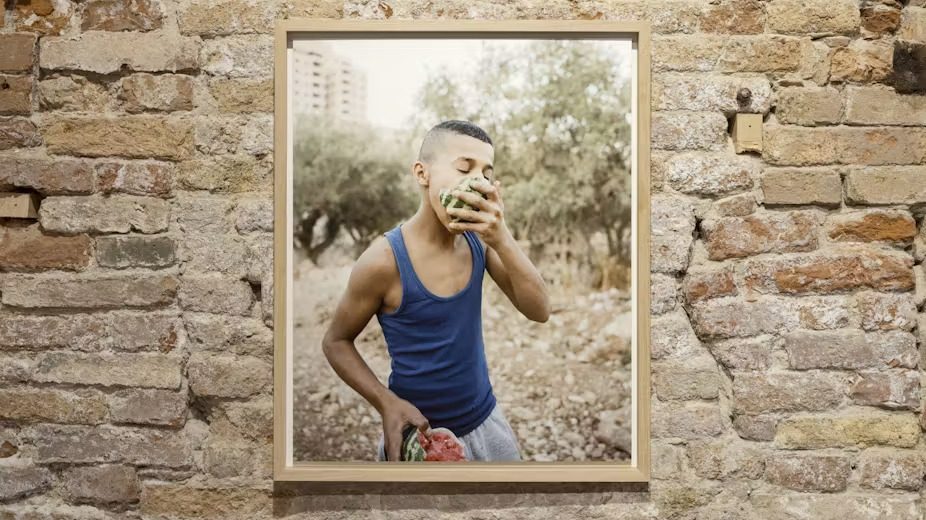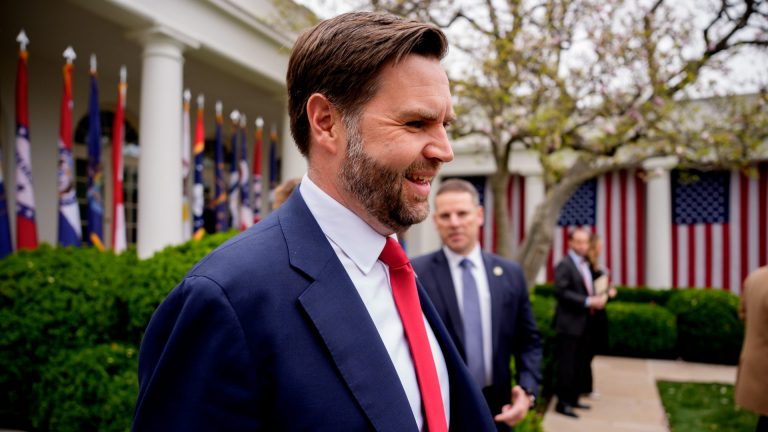Culturally speaking I’m a Christian, so I feel I’ve always known about Bethlehem. As a teenager, I travelled around the Holy Land mesmerised by the contemporary transformation of biblical sites: the garden of Gethsemane a fumy bus station; Gaza, the city of giants, bombarded with rockets.
It was 1988 and the first Palestinian Intifada (uprising) had begun in protest on the 20th anniversary of the Naksa (Israel’s 1967 annexation of the West Bank and Gaza Strip). Demonstrations became street battles where children threw stones at nervous young soldiers who returned gunfire – often with lethal results. Bethlehem is near the West Bank border, which meant it was often the site of clashes and inaccessible to outsiders. I never got there.
Because Bethlehem eluded me in 1988, my encounter with the exhibition South West Bank at this year’s Venice Biennale was affecting. South West Bank presents work made by 20 artists who are based permanently in the area, or who participated in residency programmes at Dar Jacir, the cultural institution established by Bethlehem-born artist Emily Jacir.
It’s one of 30 “collateral” events at the 2024 Venice Biennale, which is directed by Brazilian curator Adriano Pedrosa with the title Stranieri Ovunque (Foreigners Everywhere).
Known to insiders as “the mother of all biennales”, the Venice Biennale (established in 1895 and now celebrating its 60th edition) is a vast exhibition of contemporary visual art selected every other year by a different guest curator.
Its principal sites are the the cavernous Arsenale and the Giardini, a garden where art is displayed in national pavilions whose spatial relationships reflect geopolitical history. Great Britain, France, Russia, Germany and the US occupy prime positions, while Egypt, Greece and Poland are located at the periphery of the garden, and countries with claims to nationhood (Catalonia and Taiwan, for instance) occupy spaces dotted throughout the city.
This year, many national pavilions in the Giardini are presenting art that addresses exile, diaspora, migration and colonial violence.
Israel’s officially selected artist, Ruth Patir, announced on the biennale’s opening day that her show would remain closed “until a ceasefire and hostage release agreement is reached”.
The Israeli pavilion remains shuttered with the Italian Army stationed outside. Meanwhile, international activist group Art Not Genocide Alliance (Anga) organised demonstrations calling for Israel’s exclusion from the biennale. Anga claims there is a “double standard”, comparing the biennale’s silence on Gaza with its support for Ukraine.
South West Bank
This charged backdrop amplifies the calm of South West Bank. The show is staged far from the spectacle and hustle of the main exhibition, in the Magazzino Gallery, an 18th-century warehouse. Unfinished brick walls and timber floor provide an insulating container for works that emphasise rootedness, collaboration and the need to listen.
The first work in the show is a video blog titled Ardawa (Arabic for “land remediation”). In it, permaculture designer, activist and educator Mohammed Saleh explains how the Israel Defense Forces (IDF) burned down the urban farm he planted with neighbourhood children in Bethlehem.
Saleh points out shell casings, fire marks and pollutants that have fallen on the soil. He offers practical guidance for establishing permaculture using an irrigation system and a delicate border of cut weeds laid in a circle, so “no one will step on the sunflower seedlings we have planted”.
Incontro tra La Pizzica e La Dabka (Meeting Between Pizzica and Dabka, 2019), a film by Jacir and Andrea De Siena, documents a different remedial process. It shows workshops with dancers and musicians from the southern West Bank and the south of Italy. They explore their shared Mediterranean heritage of agrarian musical and dance traditions.
Italians learn the dabka, the Palestinian folk dance that has come to symbolise resistance in the social media iconography of the current war. Dancers are shown tentatively building the dabka from a basic two step, rhythmically marked by a drum and olive wood castanets.
Duncan Campbell and Samer Albarbari’s film Nothing Impossible (2018) records the meticulous restoration of a wrecked 1987 Peugeot 405 car. Watching the film, I briefly entertained the possibility that I may have first encountered this vehicle when it was new and being driven around the West Bank during the first Intifada.
Recent history is also referenced obliquely in Jacir’s film, Bethlehem Street Corner (1998), a recreation of a street vendor’s stack of keffiyehs (the black-and-white headscarves that have become a pro-Palestine symbol) and Kurt Cobain T-shirts. The dates of the rock star’s birth and death match the 1967 Naksa and 1994 dissolution of the Palestine Liberation Organization, following the Oslo Peace Accords.
Interspersed among these smaller-scale works are four life-size photographs of ancient olive trees. The oldest of them is 4,500 years old. An essential source of sustenance as well as a symbol of Palestinian resistance, the trees have been regular targets for destruction and theft.
These photos belong to a larger project – Anchor in the Landscape – by artist Adam Broomberg and activist Rafael González, to record and protect the trees. In their book about this endeavour, also displayed in South West Bank, Broomberg (who is a descendant of Jewish Holocaust survivors) explains that since 1967, “800,000 [olive trees] have been destroyed by Israeli authorities and settlers”.
I reflected on the way these beautiful trees represent the Palestinian people’s rootedness to the land. It led me to reevaluate Pedrosa’s theme – Foreigners Everywhere – and consider that our current geopolitical crisis increasingly renders people foreigners at home as well as abroad.
Turning these ideas around in my mind, I overheard a conversation prompted by A Lion’s Watermelon by Adam Rouhana (2024), a prominently displayed photograph of a Palestinian boy devouring a juicy watermelon. A young man was explaining to the gallery attendant that he was from the part of Ukraine currently occupied by Russia. “They grow the best watermelons there,” he said, gesturing towards the Palestinian child in the picture. “I was just like him.”
Clare Carolin, Senior Lecturer, Art and Public Engagement, King’s College London
This article is republished from The Conversation under a Creative Commons license. Read the original article.










